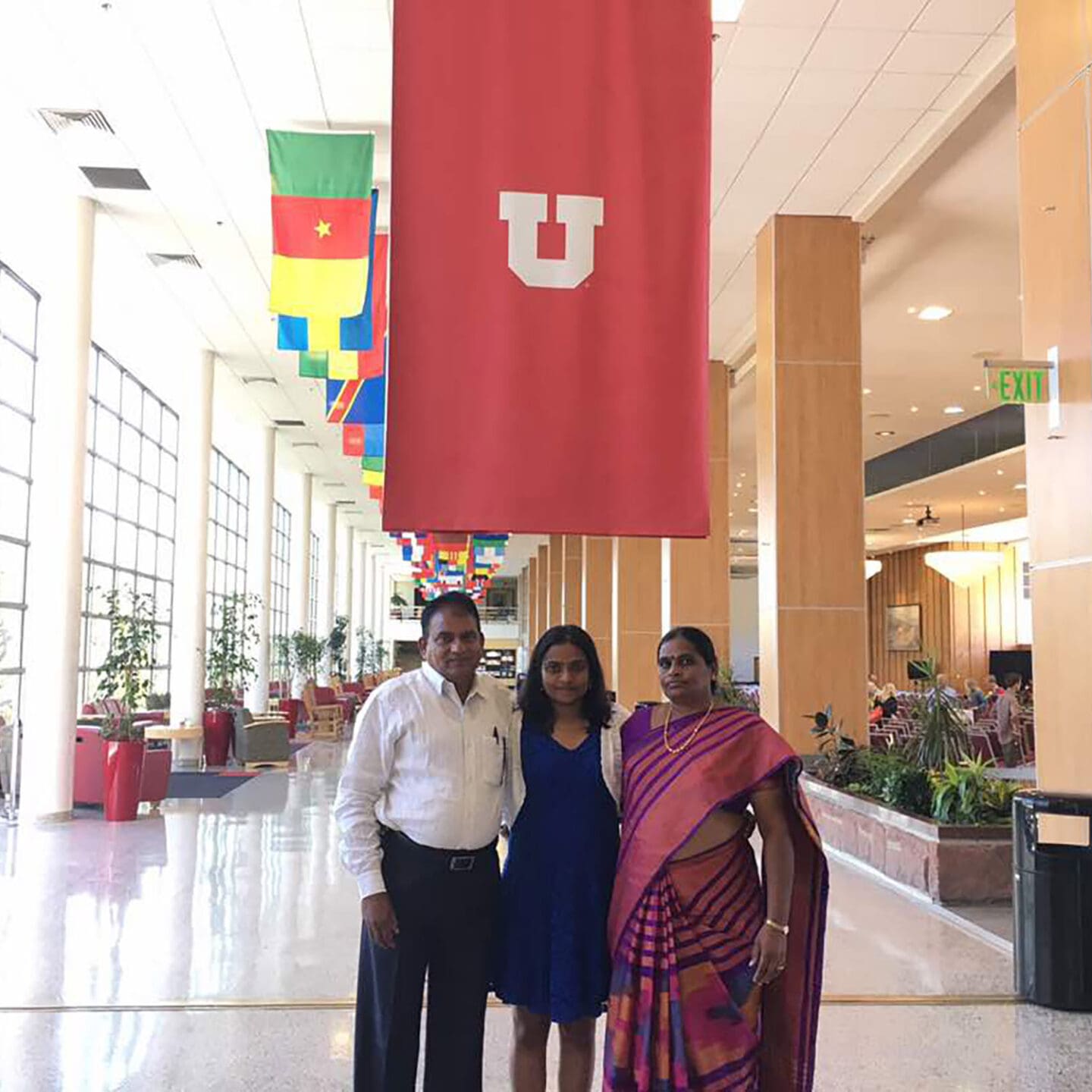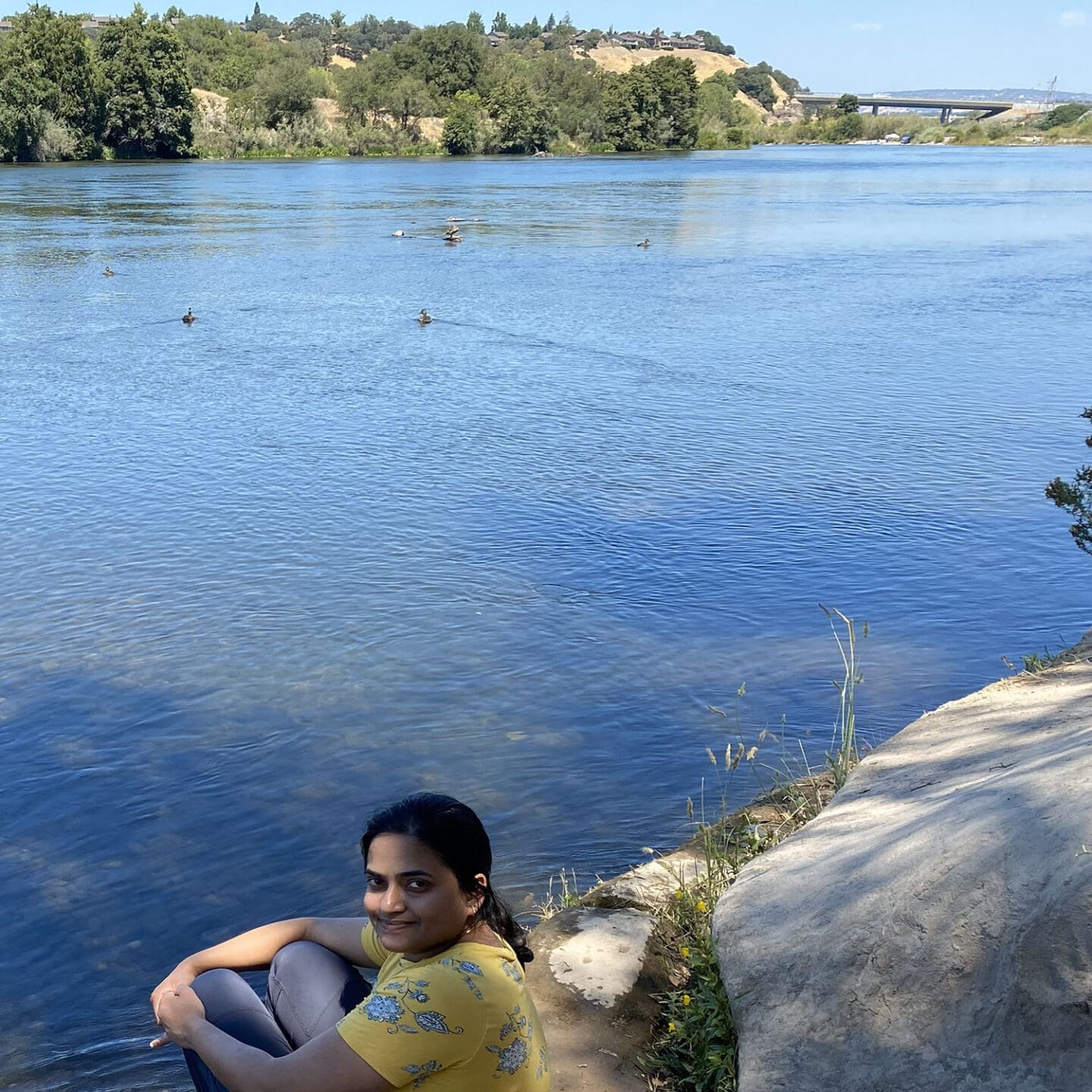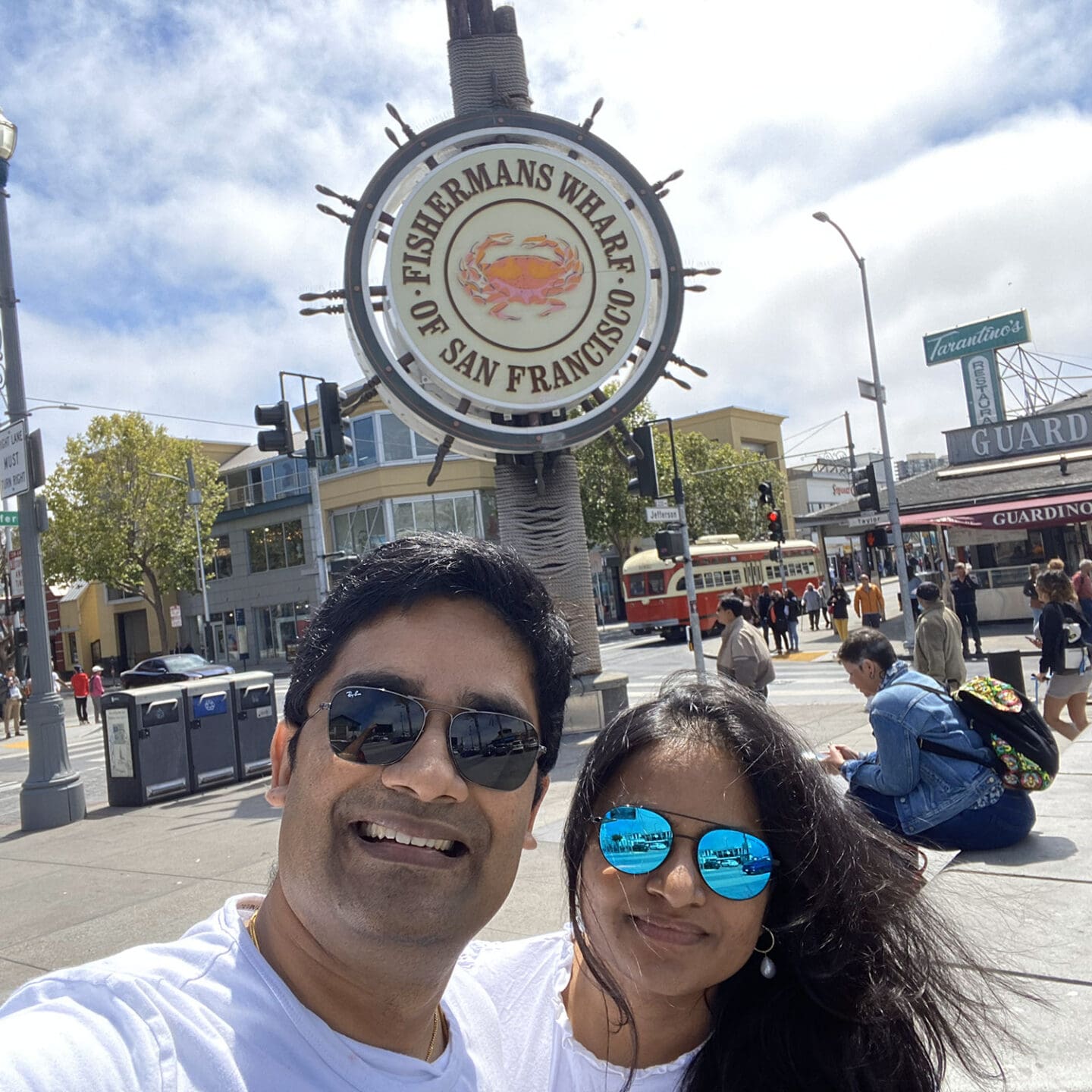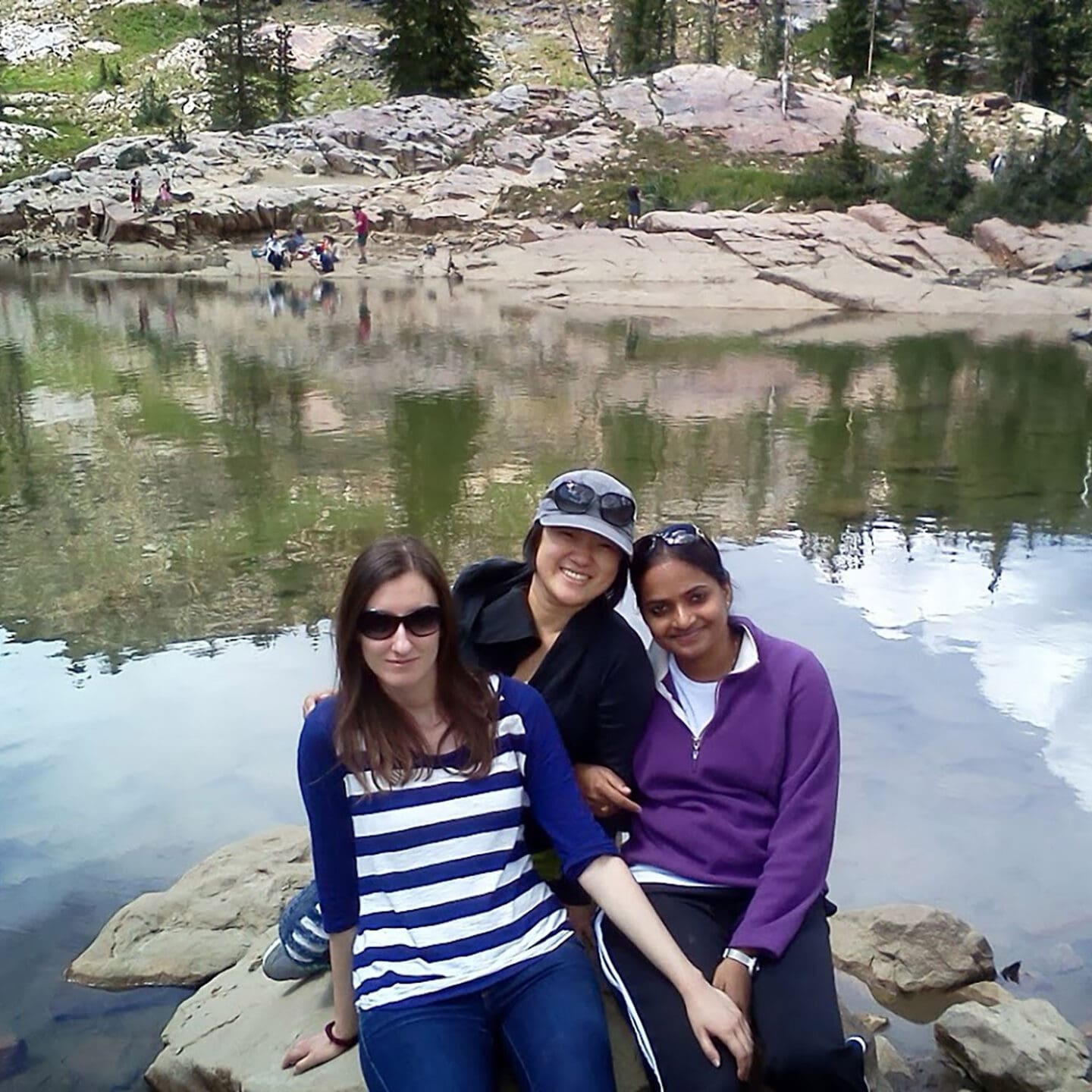“With the advancements in data analysis and machine learning and the availability of big data, it is exciting, as well as challenging, to apply these technologies into decision making.”
We’re an interconnected nationwide team, but we each have our own reasons for being passionate about the work we do. This month, get to know Anusha Musunuru, PhD, senior engineering associate in our Sacramento office.
What’s your background and how did you become a transportation professional?
Growing up in a highly populated country like India, transportation presented several challenges in addition to being an important part of daily life. The number of households that could afford to own a car was high, but a large percentage of vehicles included motorcycles, 3-wheeler taxis, and public transportation. The growth in infrastructure was not on par with the rate of population growth. Hence, there was continual traffic congestion and crash occurrences. Even though there were higher number of crashes the slower speeds resulted in nonfatal and less severe crashes (fender benders).
I wanted to be a transportation professional to make a difference in people’s daily lives, as transportation is an integral part of one’s day. I got my bachelor’s degree in civil engineering in India, and then my master’s degree and PhD in transportation engineering at the University of Utah. I am passionate about safety research because of my experiences in childhood.


What range of projects, both technically and geographically, have you worked on?
I’ve really enjoyed working on a wide variety of projects as it has helped me grow into a well-rounded transportation engineer. My projects have ranged from roadway safety plans to corridor planning and long-range transportation planning, travel demand modeling, and traffic operations, both in the applied research and practical realms. My work in graduate school was mostly focused on national research projects and state projects specific to Utah. My work at Kittelson has spanned California, Boise, Arizona, Oregon, and the Northeast.
Research is an important part of the work we do at Kittelson. How have you implemented research into your project work and why do you think it’s important?
I’ve worked on both tactical and strategic research projects. As an example of a tactical project, I worked on estimating traffic volumes for an entire county in California based on the limited traffic count data available. Traffic volumes are an integral part of estimating the safety performance of a roadway. However, suburban and rural counties don’t have sufficient data on all of their roadways to be able to estimate the crashes for a geographically large area. Therefore, I used land use data and statistical spatial interpolation techniques to estimate the traffic volumes based on similar roadway characteristics for roadways that had sufficient data. This in turn helped us create a safety tool for the county that they can use to continuously and proactively evaluate safety.


What do you think are the most important issues that need to be addressed in the transportation industry?
With the advancements in data analysis and machine learning and the availability of big data, it is exciting, as well as challenging, to apply these technologies into decision making. There are use cases where these technologies and data could enhance decision making. However, it is a challenge to figure out the right methodologies and suitable use cases that have the largest return on investment (ROI). This is an exciting time in the transportation industry where the collaboration across different disciplines has become even more significant than before.
What advice do you have for students (or other professionals) looking to join the transportation industry?
There are a lot of opportunities to meet the growing challenges of population growth, shifting towards more equitable transportation, increasing interest in active transportation, electric vehicles, and incorporating technology to respond to traffic conditions in real time. Taking these into account, I would encourage students to look beyond the traditional aspects of transportation and bring in fresh perspectives to improve people’s quality of life.
